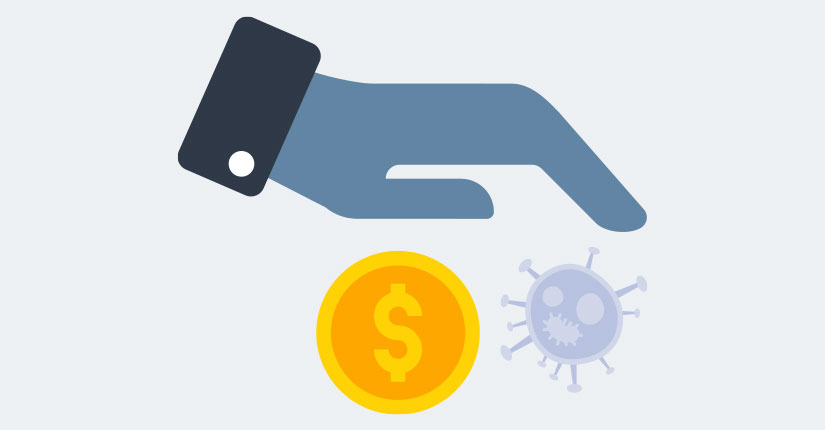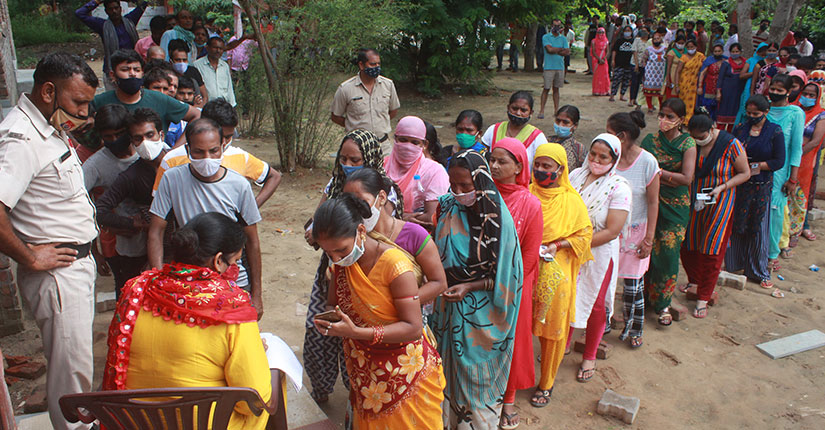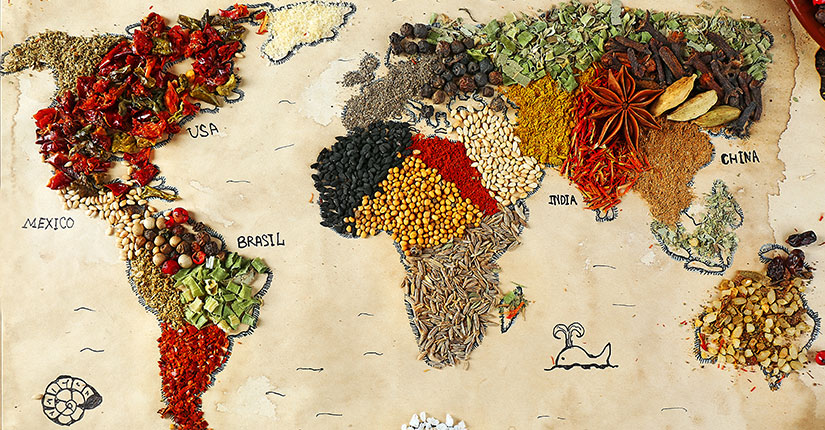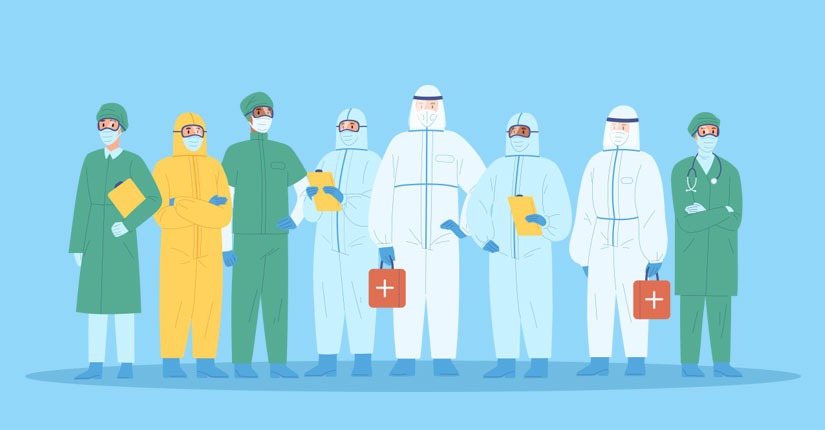WHO Tweeted That Covid-19 Has Accelerated A Now Grave Socio-economic Crisis
By Nmami Agarwal 17-May 2022 Reading Time: 4 Mins

According to the World Health Organisation, the pandemic has led to a dramatic loss of human life worldwide and presents an unprecedented challenge to public health, food systems, and the world of work. The economic and social disruption caused by the pandemic is devastating as millions of people are at risk of falling into extreme poverty, while the number of undernourished people, currently estimated at nearly 690 million, could increase by up to 132 million by the end of the year.
Millions of enterprises face an existential threat. Nearly half of the world’s 3.3 billion global workforces are at risk of losing their livelihoods. Informal economy workers are particularly vulnerable because the majority lack social protection and access to quality health care and have lost access to productive assets. Without the means to earn an income during lockdowns, many are unable to feed themselves and their families. For most, no income means no food, or, at best, less food and less nutritious food.
The pandemic has been affecting the entire food system and has laid bare its fragility. Border closures, trade restrictions, and confinement measures have been preventing farmers from accessing markets, including buying inputs and selling their produce. Agricultural workers from harvesting crops, thus disrupting domestic and international food supply chains and reducing access to healthy, safe, and diverse diets. The pandemic has decimated jobs and placed millions of livelihoods at risk. As breadwinners lose jobs, fall ill, and die, the food security and nutrition of millions of women and men are under threat, with those in low-income countries, particularly the most marginalized populations, including small-scale farmers and indigenous peoples, being hardest hit.
Millions of agricultural workers – waged and self-employed – while feeding the world, regularly face high levels of working poverty, malnutrition, and poor health, and suffer from a lack of safety and labor protection as well as other types of abuse. With low and irregular incomes and a lack of social support, many are spurred to continue working, often in unsafe conditions, thus exposing themselves and their families to additional risks.
In Syria, as elsewhere, conflict and disease go together. The transition to more comprehensive and holistic partnerships is needed to revitalize Syria’s severely destructed healthcare system.
The World Health Organisation tweeted that Covid-19 has accelerated a now grave socio-economic crisis:
- 90% of people are living below the poverty
- 80% of the population is food insecure
- 12.2 million Syrians require health assistance, of whom 4.4 million are displaced by conflict.
- COVID19 vaccination coverage is below 10%
Over To You:
Life-saving health services must continue in order to save the country from a socio-economic crisis.





















